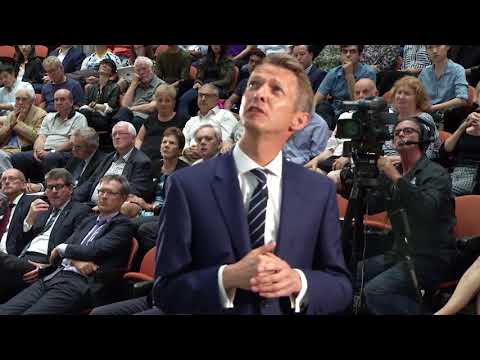Description:
Explore the complex relationship between monetary policy and inequality in this David Finch Public Lecture from the University of Melbourne. Delve into the empirical evidence surrounding accusations that central banks have exacerbated inequality through their actions. Examine the role of distributional considerations in central bank policy-making, and gain insights into macro-to-micro simulation techniques used to analyze economic impacts. Discover how factors such as unemployment, household balance sheets, and income and wealth distribution influence policy outcomes. Investigate the perception gap in monetary policy effects and evaluate the overall scorecard of central bank actions. Engage with audience questions to further understand the nuanced interplay between public policy and economic inequality.

The Distributional Impact of Public Policy
Add to list
#Social Sciences
#Economics
#Monetary Policy
#Governance
#Public Policy
#Macroeconomics
#Unemployment
#Wealth Distribution
#Economic Inequality